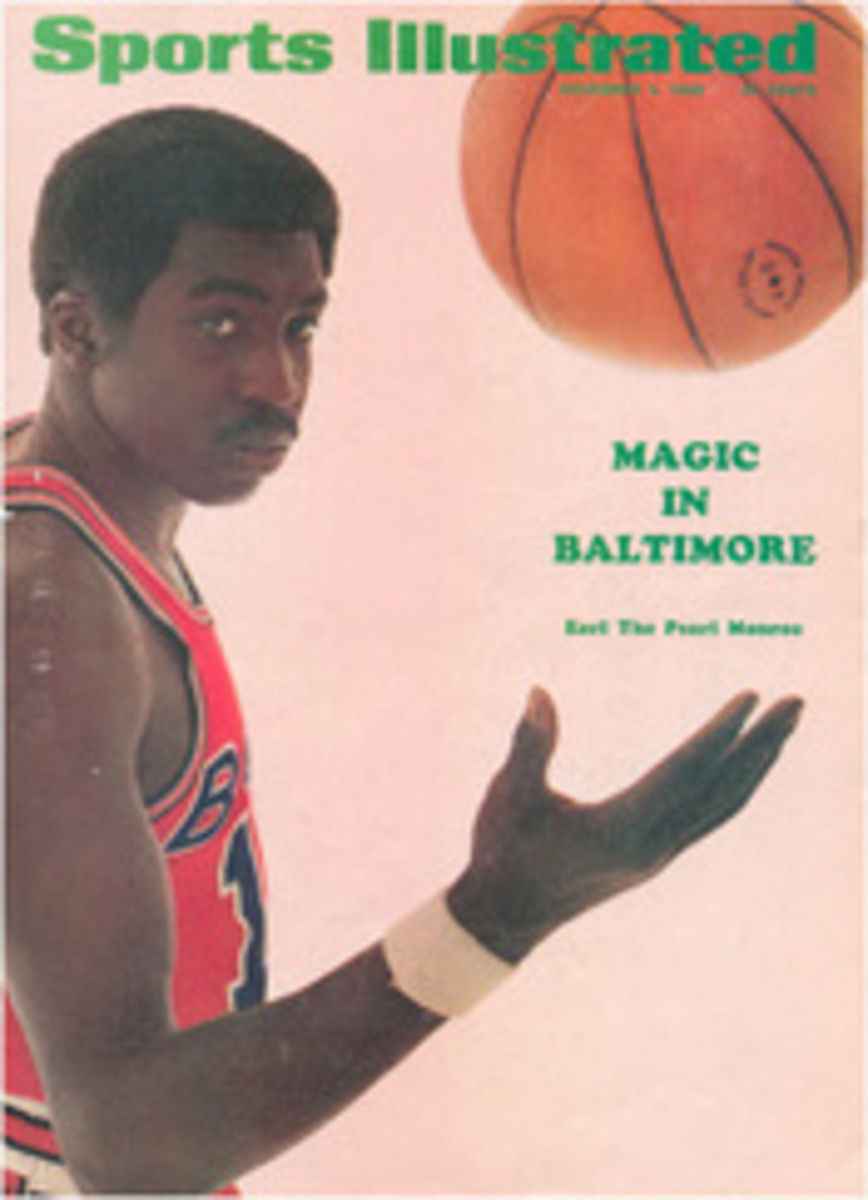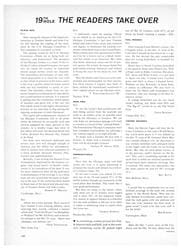
Valhalla for chess set collectors is a London shop run by Hackett Beeson
Wedged obscurely between a stationery store and a café on a narrow street just off London's Berkeley Square is a shop that represents Valhalla to a host of quiet sportsmen—the chess set collectors of the world. Hardly bigger than a chessboard itself, it is dark and crammed with chessmen from floor to ceiling. The owner, a 55-year-old, red-haired Scot from Ayr named Hackett Beeson, sits hidden away in what he calls his office behind a neat stack of chessboards. Beeson has been collecting chess sets for collectors since 1949 and may just qualify, therefore, as the world's ranking expert on chessmen.
"The sets that cost £100 or less are my bread-and-butter trade," says Beeson, "but what I'm mainly interested in and always looking for is the antique and the unusual. I don't get to keep them very long. There is a collector waiting for each one I find." To search out and capture these rarities, Beeson now employs a full-time staff of three. Sets of every possible description pass through his shop and out to the rest of the world: mother-of-pearl, amber, cast iron, wood, porcelain, glass, bronze, silver, gold and, of course, ivory. They have come in an amazing variety of forms. One of his loveliest was carved in ivory by a French craftsman named Boutrolle and depicted the Battle of Waterloo. Arrayed on the French side were four-inch-high figures of Napoleon (king), the Empress Marie Louise (queen), Marshals Ney and Soult (bishops), plus the Arc de Triomphe and miscellaneous gunners. Their enemy was represented by King William III (king), Louise of Prussia (queen) and Generals Wellington and Blücher (bishops).
Prior to World War II collecting chess sets had merely been a hobby for Beeson, but when he came out of the RAF after the war he decided to turn his labor of love into a source of income. He set up shop on Carnaby Street but he was driven out by the mod fashion explosion in 1961 and moved to his present address at 22 Lansdowne Row, Mayfair W.1.
Beeson usually has about 200 sets in the shop at any one time, but two of them he will never part with. One was carved out of Turkish ivory in Meissen in 1745 and is Beeson's favorite of 20 years' standing. He values it at £1,000 and keeps it tucked away in one of the shop's darkest corners. The other, constructed during a slightly more modern era, is made of eye-catching black and white fiber glass in figures three inches high. "That's my fashion model," says Beeson. "I rent it out to TV companies who want to lend a little tone to a scene they happen to be shooting."

